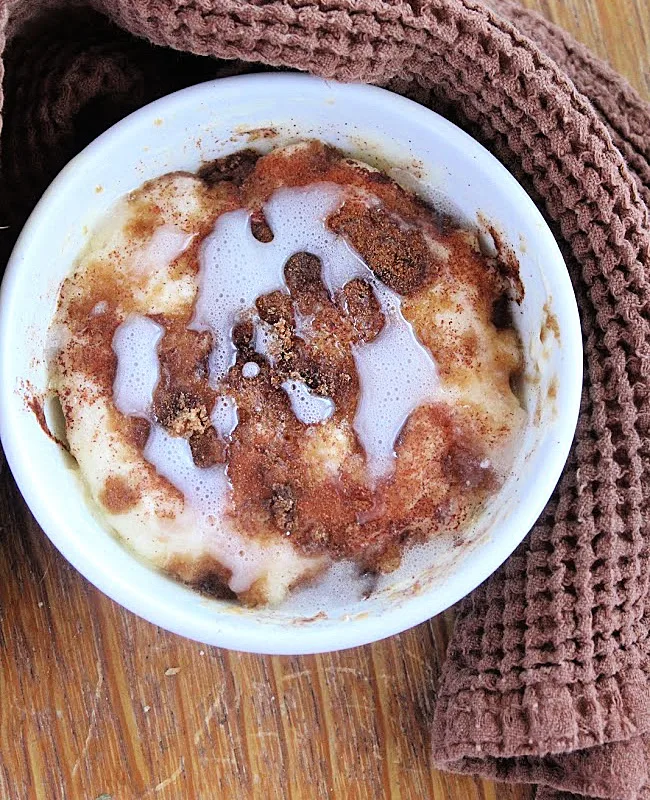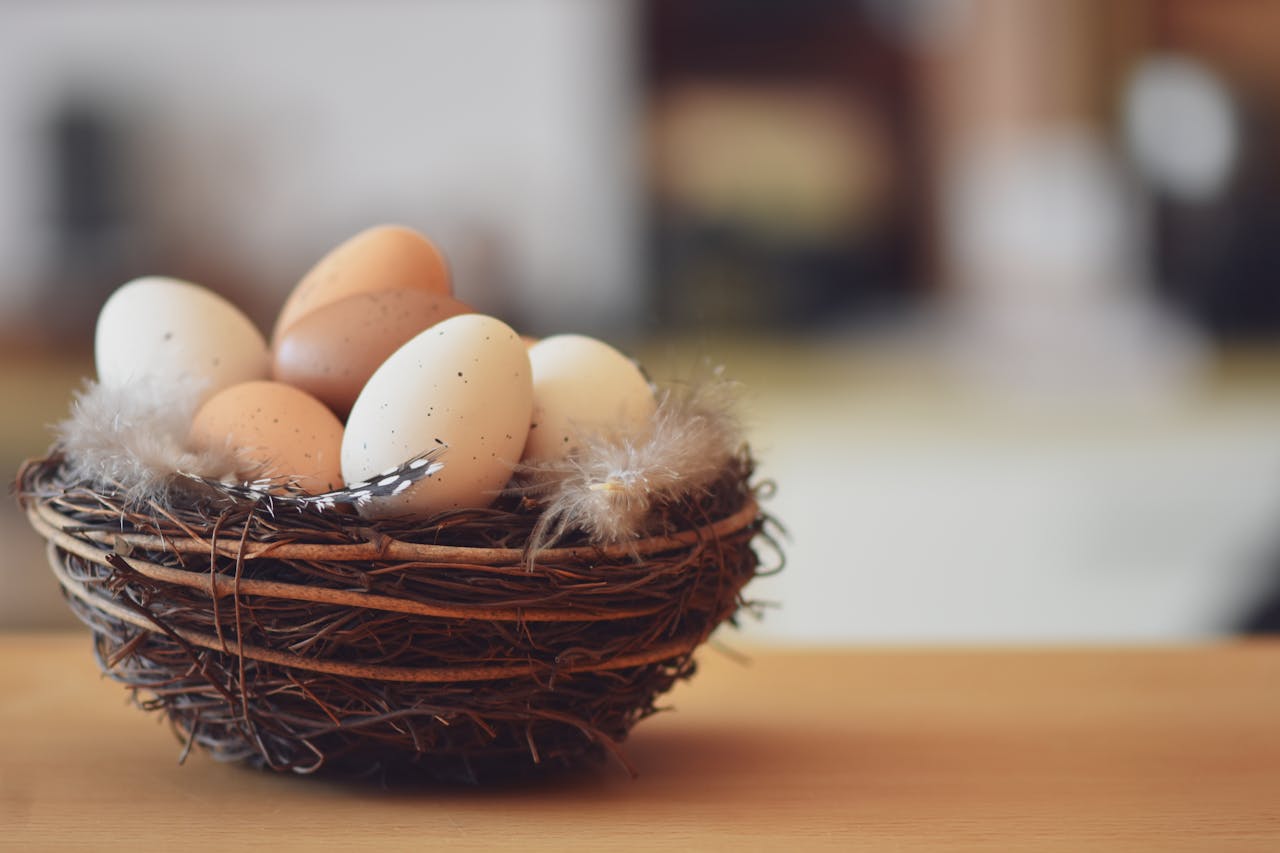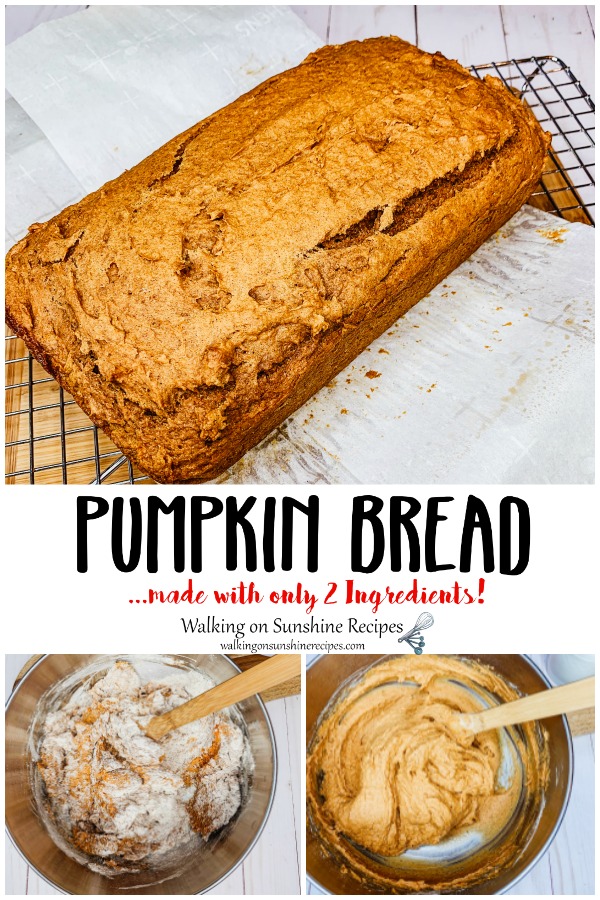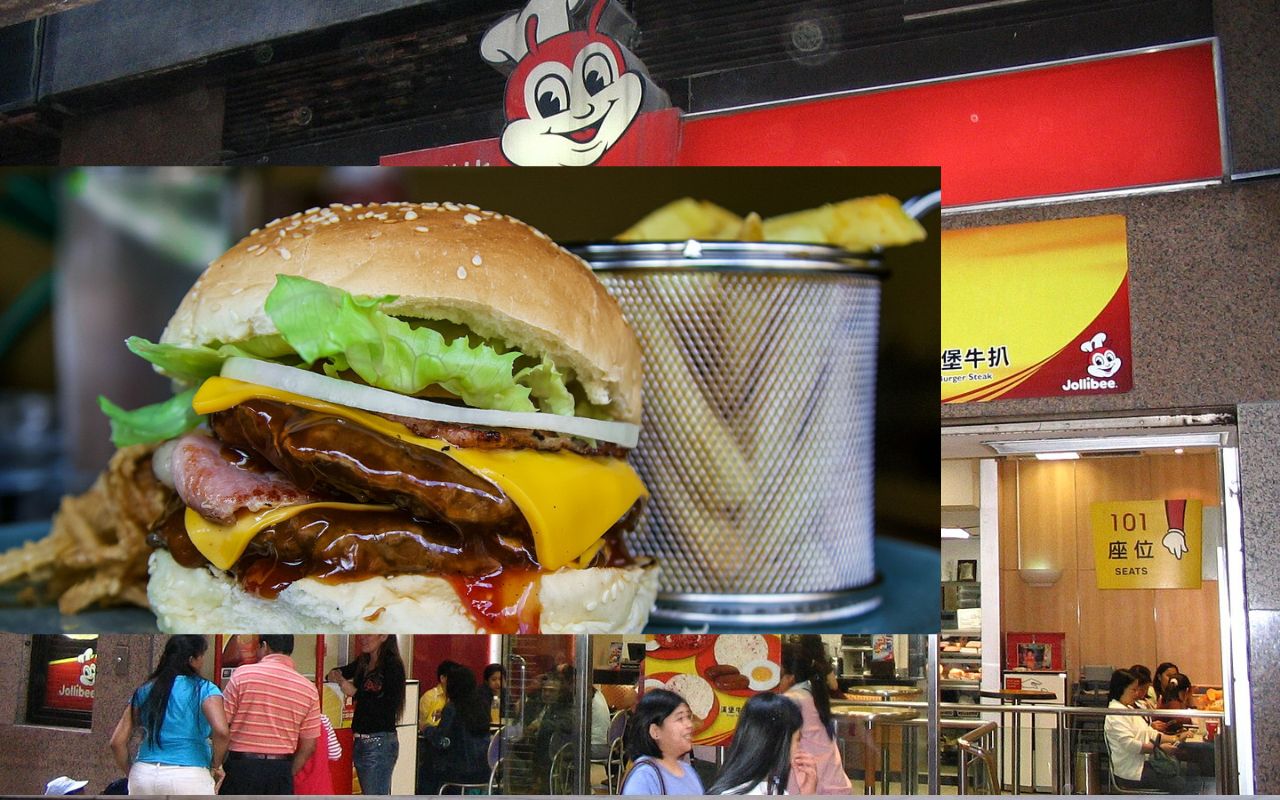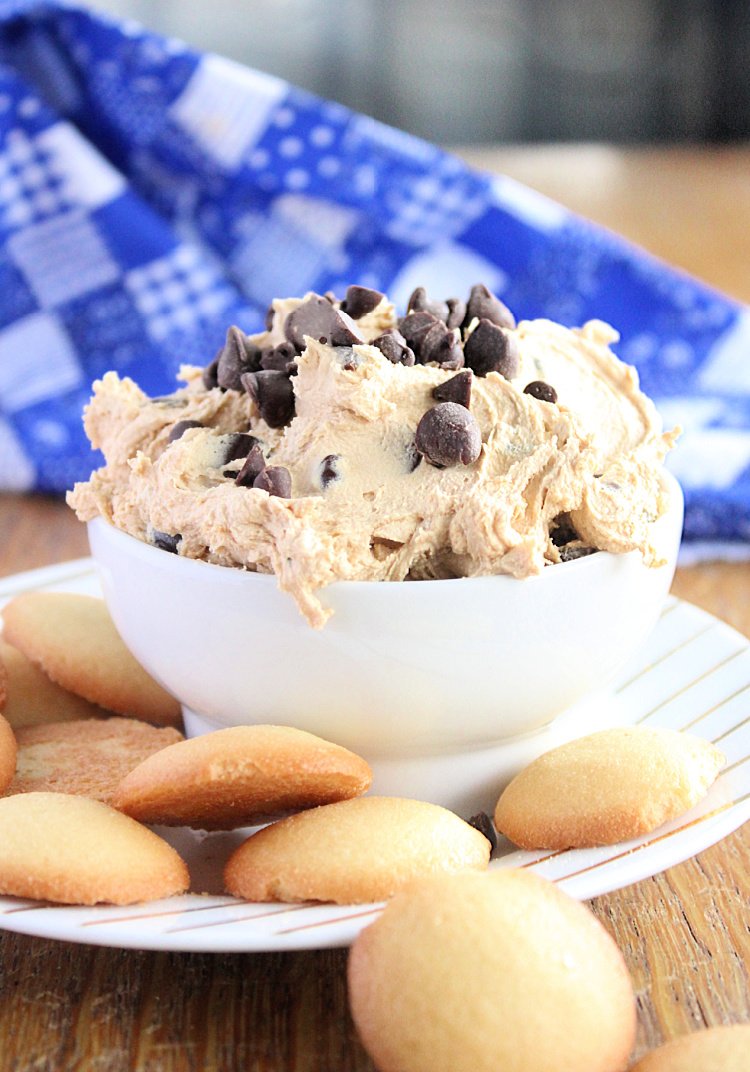Why Eggs Matter In Baking: The Science Behind Fluff, Lift, And Moist Crumb
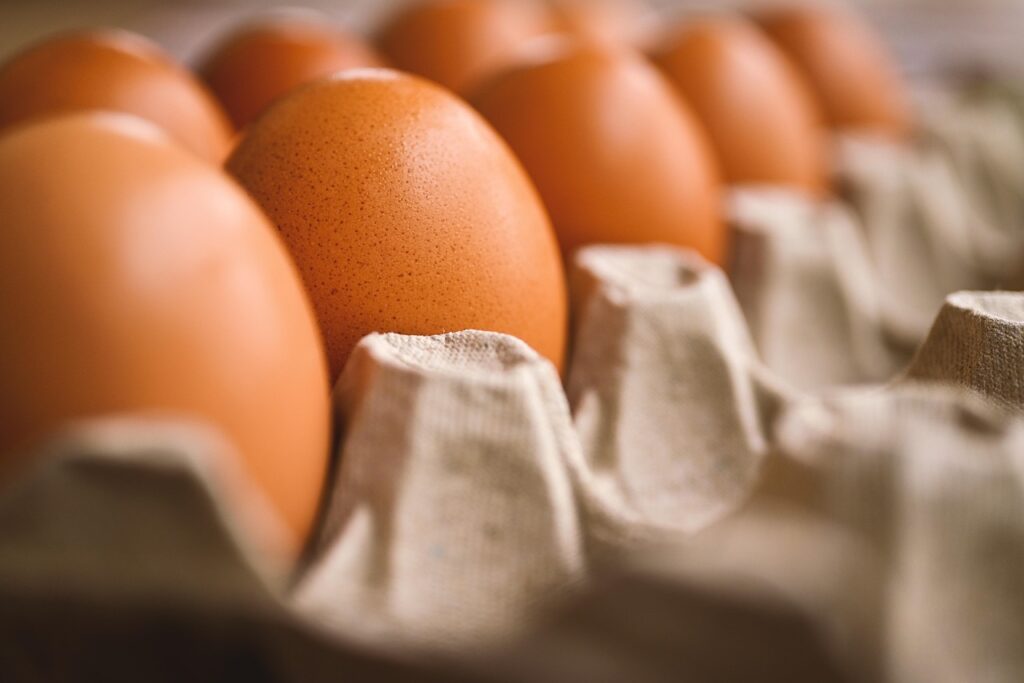
Eggs might seem simple, but in baking they are anything but. They are the backbone of countless recipes, performing multiple roles simultaneously. Understanding their science transforms ordinary baking into reliable, impressive results.
From structure and lift to moisture and flavor, eggs ensure your creations rise, stay tender, and delight the senses. Mastering their functions is key to taking any cake, cookie, or custard from good to exceptional.
Eggs also offer consistency. Their proteins, fats, and water content interact predictably with other ingredients when properly measured and handled. Ignoring their role often leads to dense cakes, dry cookies, or collapsed soufflés. Recognizing eggs as both ingredient and technique allows bakers to control outcomes with confidence and creativity, making them true unsung heroes in the kitchen.
Binding Ingredients Together
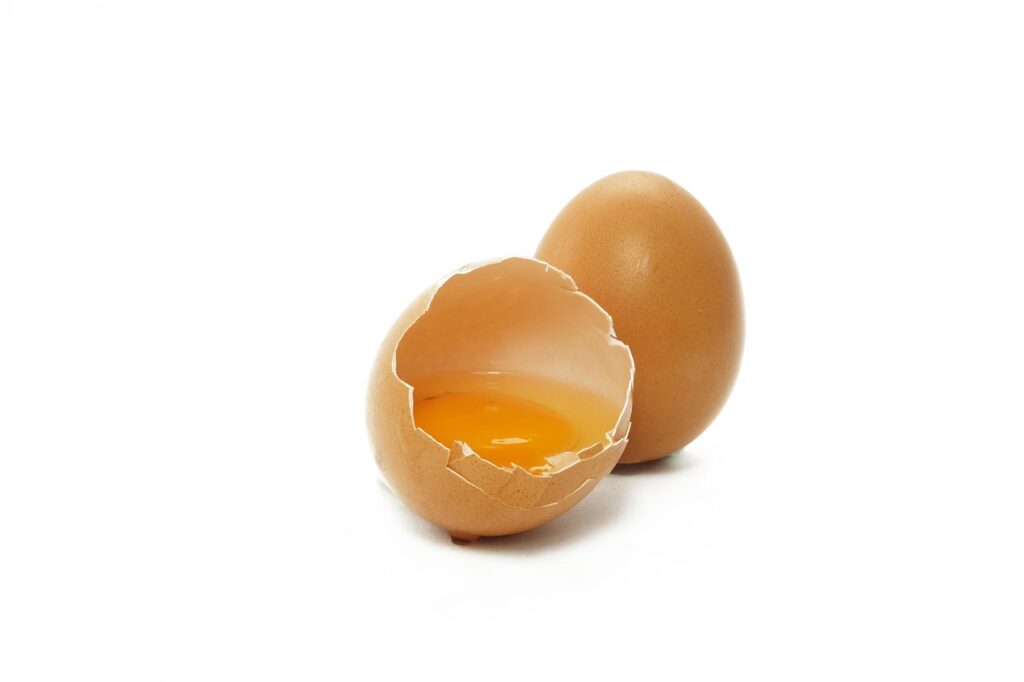
Eggs act as a natural glue, holding flour, sugar, and fats together to form a cohesive batter. Proteins in the eggs coagulate during baking, providing structure and ensuring that cookies don’t crumble and cakes maintain their shape. Without eggs, batters can be loose, uneven, or prone to separating, which affects both texture and presentation.
Beyond structure, eggs influence mouthfeel. Properly incorporated, they create a uniform crumb and consistent texture throughout baked goods. This binding property is especially important in layered cakes or pastries, where each component must hold together without collapsing, ensuring every bite has the perfect balance of softness and structure.
Creating Lift and Lightness
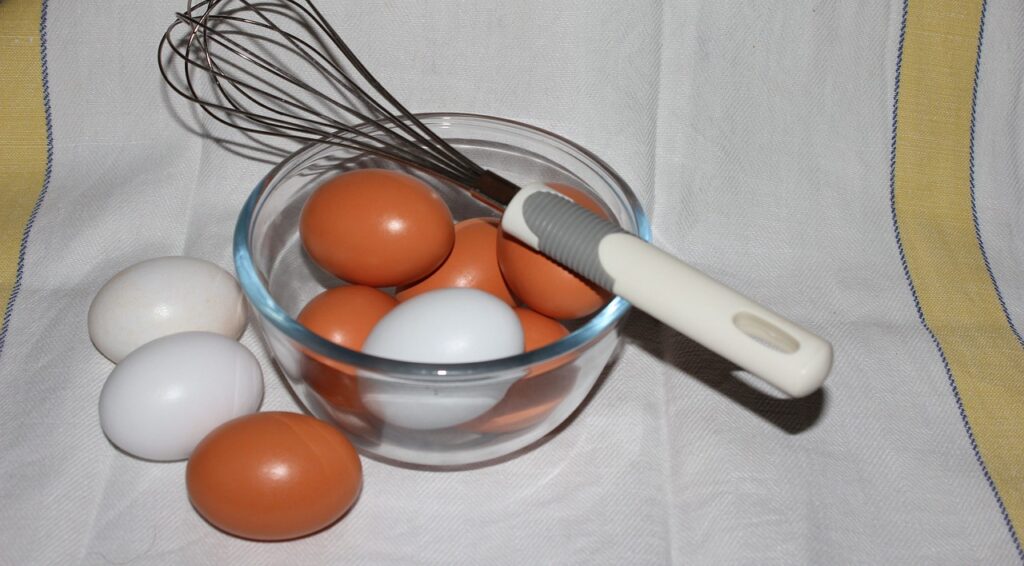
Egg whites are magical for introducing air into batter. Whipped properly, they create foams that trap tiny air bubbles, giving soufflés, sponge cakes, and meringues their signature rise. This natural aeration contributes to the light, fluffy texture that is difficult to achieve through leavening agents alone.
When combined with baking powder or soda, eggs enhance lift even further. They allow batters to expand evenly during baking, preventing dense centers and uneven surfaces. Achieving the right degree of aeration is a delicate balance: overbeating can collapse the structure, while underbeating limits lift, proving the essential role eggs play in creating light, airy desserts.
Enhancing Moisture and Tenderness
Eggs are more than structure; they are moisture magnets. The water content in eggs helps batters stay hydrated, while fats in the yolk coat flour proteins, preventing excessive gluten formation. This combination creates tender, moist crumbs rather than dry, tough baked goods.
Eggs also influence shelf life. Their moisture-retaining properties help baked goods stay soft longer, reducing staleness. In cakes, muffins, and quick breads, eggs maintain an even crumb and soft texture, ensuring each bite remains enjoyable from the first slice to the last. This dual role of structure and hydration is essential for successful baking.
Improving Flavor and Color
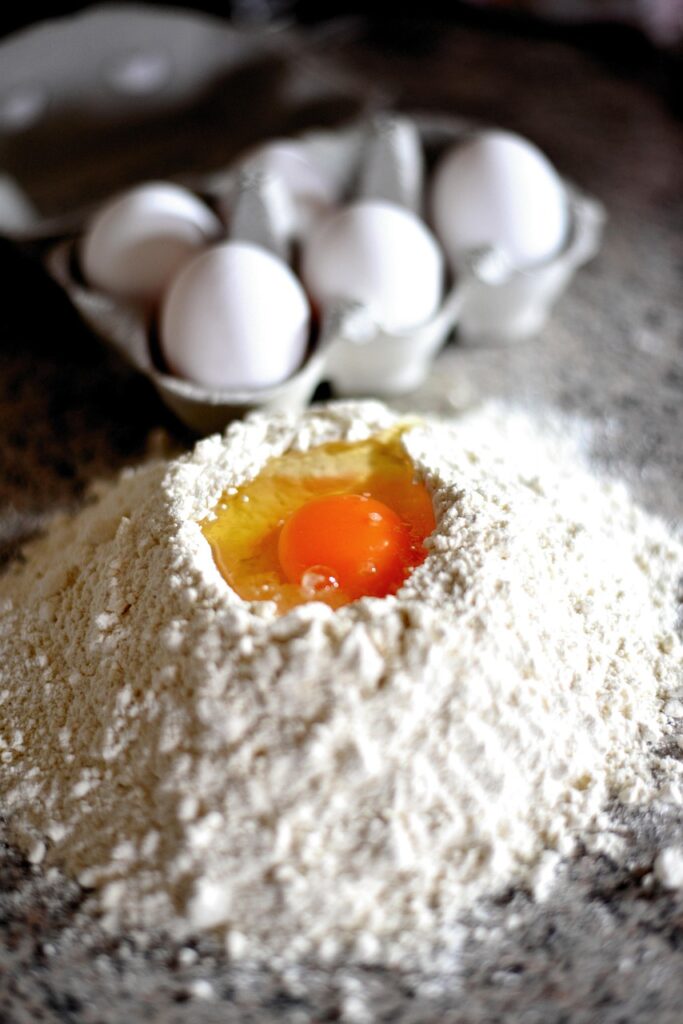
Eggs contribute subtle flavor and richness to baked goods. The yolk’s fat content adds depth, while proteins undergo Maillard reactions during baking, producing golden-brown crusts with complex, appealing flavors. This transformation is crucial for visually and sensorially satisfying desserts.
The Maillard reaction also creates aromas that signal freshness and doneness. Egg-rich pastries and breads often have a warm, inviting scent that enhances the eating experience. By understanding how eggs affect both taste and appearance, bakers can elevate the sensory impact of even simple recipes.
Providing Emulsification
Lecithin in egg yolks acts as a natural emulsifier, blending fats and liquids that would otherwise separate. This property is critical in recipes like custards, ganaches, and cake batters, where smooth, uniform textures are key. Without emulsification, batters can curdle or separate, resulting in uneven baking.
Eggs ensure fats like butter and oils are evenly distributed, producing consistent structure and mouthfeel. They also help incorporate sugar and other liquids smoothly, avoiding graininess and enhancing overall texture. Proper emulsification creates a harmonious balance between ingredients, making baked goods both stable and pleasurable to eat.
Contributing to Structure and Stability

As eggs cook, their proteins coagulate, providing a firm yet flexible structure to cakes, quiches, and tarts. This coagulation locks in air and moisture, ensuring baked goods hold their shape without collapsing. Eggs act as scaffolding, supporting delicate batters through heat while maintaining texture.
Stability also affects slicing and serving. Properly set egg-based desserts retain their form, allowing for clean cuts and attractive presentation. This structural role is especially vital for multi-layered desserts, where eggs maintain integrity across components, balancing both visual appeal and functional stability in the final product.
Acting as a Glaze or Finish
Egg washes are simple but transformative. Brushed on pastries or bread before baking, eggs create glossy, golden surfaces that immediately signal freshness and quality. This visual appeal enhances the overall eating experience and can make even simple baked goods feel special.
Beyond aesthetics, egg washes help toppings like seeds, sugar, or herbs adhere. They also contribute to slight textural differences, giving crusts subtle crispness while protecting moisture inside. Using eggs as a finish bridges functionality and presentation, proving that their role extends beyond the interior of baked goods.
Facilitating Browning and Crisping

Egg proteins and sugars contribute to browning through caramelization and Maillard reactions, producing flavor-rich, visually appealing crusts. This browning is key to flavor development in pies, breads, and cookies. Without eggs, baked goods can look pale and underdeveloped, even if fully cooked.
Eggs also promote slight crispness in crusts, adding a satisfying texture contrast. This is particularly noticeable in puff pastries and tart shells, where eggs enhance both appearance and mouthfeel. The chemical reactions eggs enable are crucial to achieving that professional, appetizing finish that signals proper baking technique.
Supporting Nutritional Value
Eggs provide essential nutrients, including protein, vitamins, and minerals, boosting the overall nutritional profile of baked goods. They add richness without heavily altering flavor while contributing valuable nutrients that other ingredients might lack.
Incorporating eggs balances indulgence and health. Cakes, muffins, and bread enriched with eggs offer protein and fat that support satiety, making them more satisfying. This dual role, nutritional and functional, makes eggs indispensable not only for structure and flavor but also for adding wholesome value to baked goods.
References
- Egg Nutrition – American Egg Board
- What Is the Role of Eggs in Baking? – Nellie’s Free Range
- The Science of Eggs in Baking – Baking Sense
